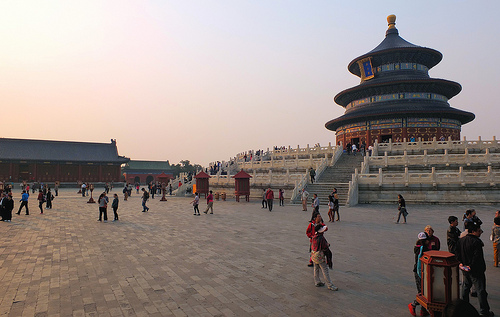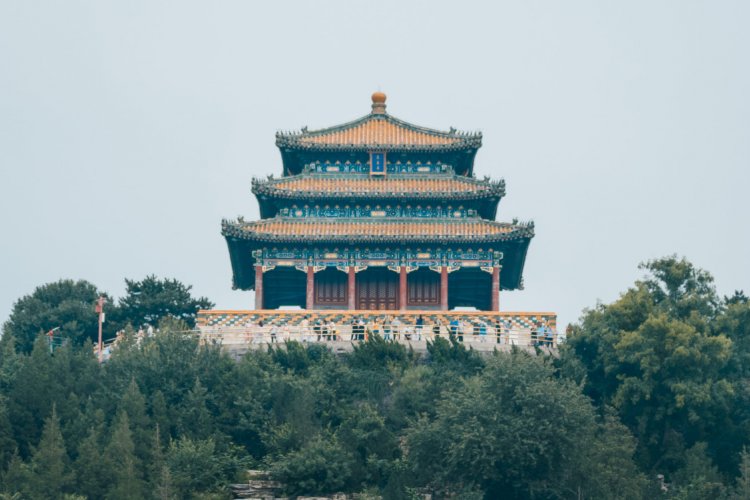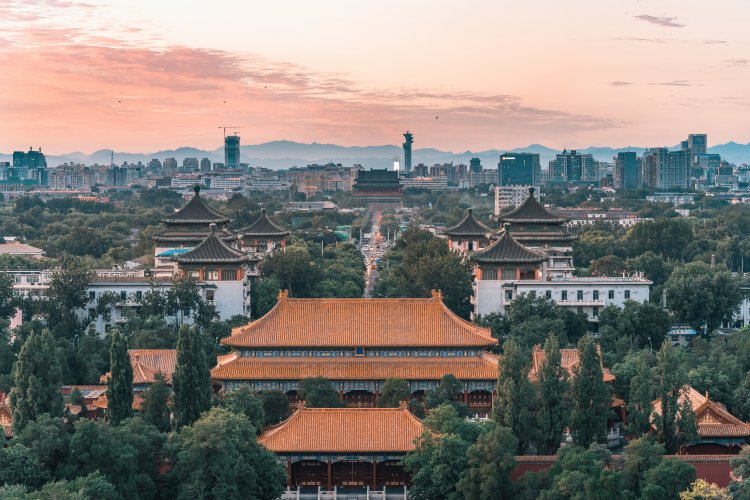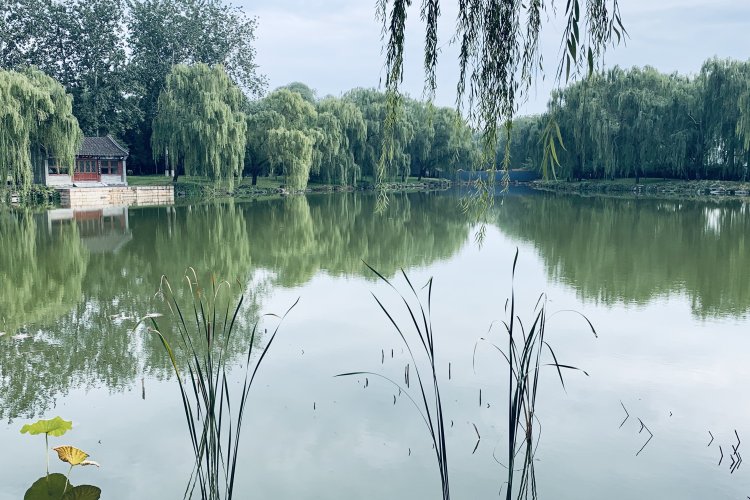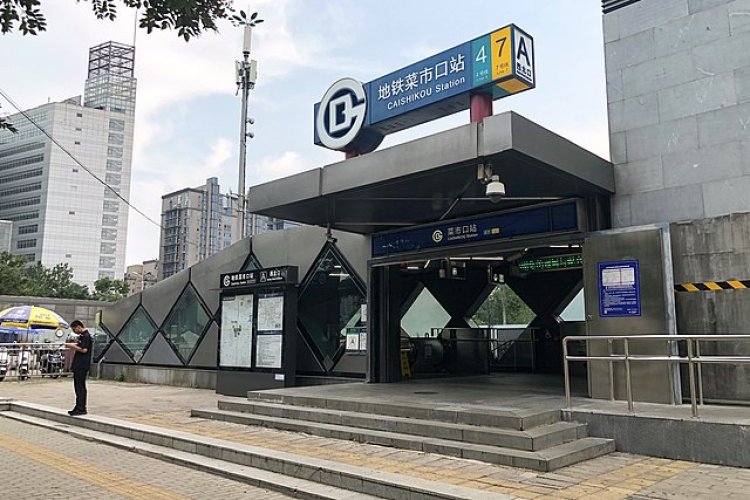Weekend Walk: In the Footsteps of the Emperor
Weekend Walk is your guide to getting away in the city using nothing but your own two feet.
The Temple of Heaven is one of Beijing’s largest – and liveliest – spaces for a weekend walk, particularly in spring. The surrounding park is over three times the size of the Forbidden City, making it the perfect place to visit on those holiday weekends when the Palace Museum and other popular destinations will be heaving with visitors.
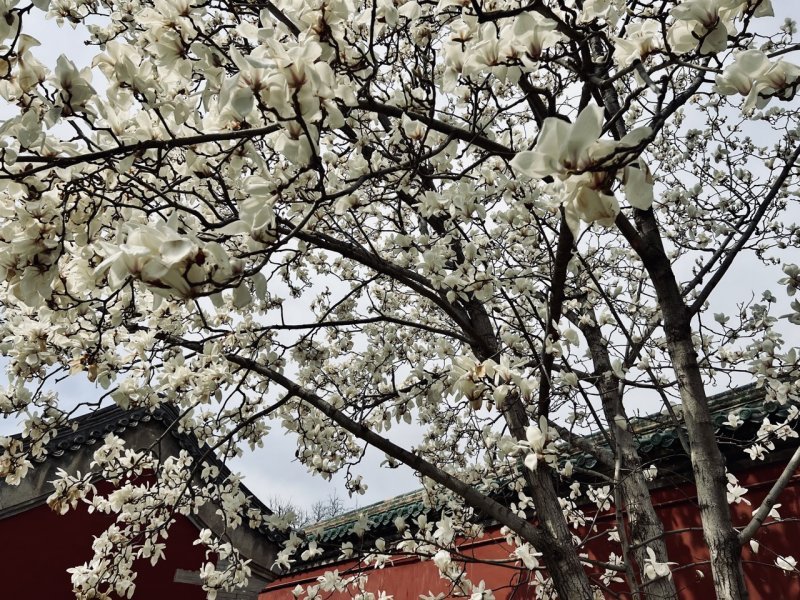
The first thing to remember about the Temple of Heaven is that there isn’t a temple. Technically, the complex is a series of altars (坛 tán). The Chinese language is specific about ritual spaces in a way that many other languages are not. 寺 sì, 庙 miào, 宫 gōng, and 观 guān are just some of the many characters in Beijing place names rendered as “temple,” “temple,” “temple,” and “temple” in English, but they all have different meanings and connotations in their original Chinese.
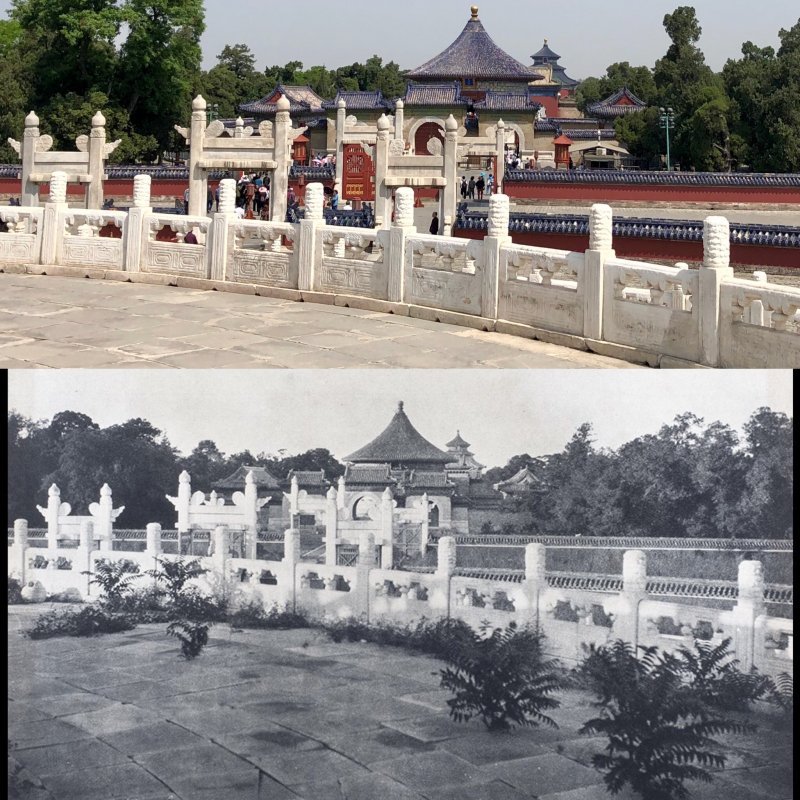
One of the key differences between the Temple/Altar of Heaven and many other Beijing temples is that this was not a space for public gatherings or individual prayers. It was explicitly built for rituals carried out by the emperor and the court. While the current Temple of Heaven complex was built in 1420, the rituals performed here have a history that dates to the earliest days of Chinese civilization, centuries before the emergence of Daoism and Confucianism, or the arrival of Buddhism. The first recorded form of rituals connecting the ruler and cosmic forces in Chinese history are the oracle bones, used by the kings of the Shang Civilization, with scholars dating the earliest to around 1200 BCE.
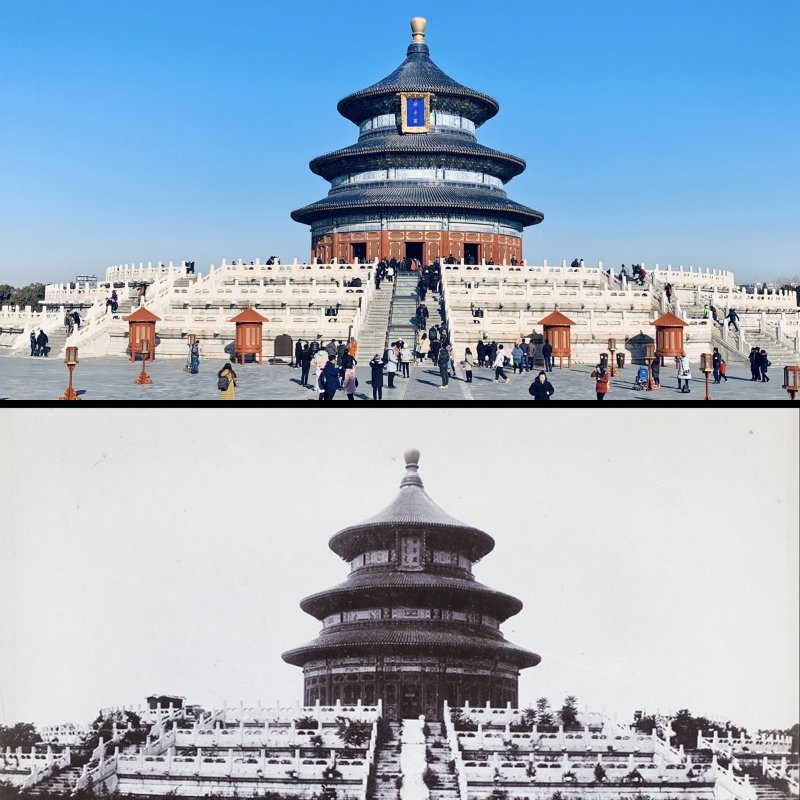
The rituals evolved, but the idea that the ruler acted as a pivot point between universal forces of Heaven, Earth, and Humanity and that those regular rituals were crucial to maintaining and demonstrating the ruler’s mandate persisted into the 20th century. When you stand on the central stone on the Round Altar or walk the spirit way between the Round Altar and the Hall of Prayers for Good Harvests, you are walking on some of the most important cosmological and spiritual grounds in all of Beijing.
Start at the East Gate; this is the entrance closest to the Line 5 Metro via the Tiantan Dongmen (Temple of Heaven East Gate) station. Walk straight ahead until you reach the inner wall of the complex. Both the inner and outer walls are curved at the northern end but square along the southern border. This represents the roundness of Heaven meeting the squared Earth. Before entering the gate in the Inner Wall, take a detour just north to the exercise yard. Yes, we know every park in China has aunties and uncles working out, but the facilities at the Temple of Heaven tend to attract a higher level of Boomer athletic talent, especially on weekend mornings.
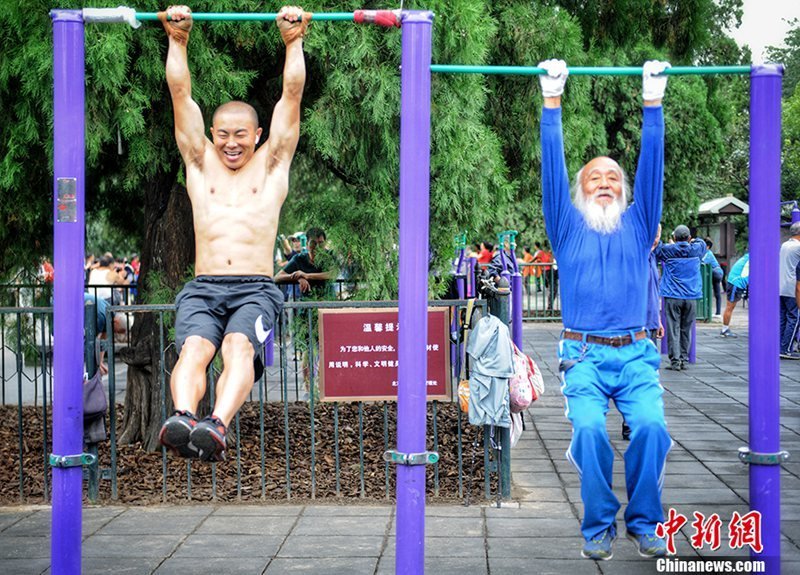
Just inside the inner wall is Tiantan 1420, the park’s first full-service coffee shop. When the advisors to the Yongle Emperor [r. 1402-1425] built the altar complex as part of the emperor’s relocation of the Ming Dynasty capital to Beijing. They were more concerned with feng shui and the geomantic implications of their design plans than about where to get a properly foamed latte. That is no longer a problem, thanks to the peppy baristas at Tiantan 1420.
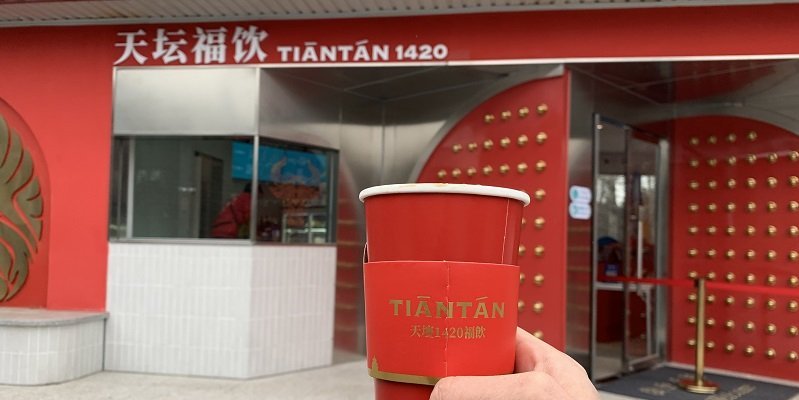
From the coffee shop, head south until you see a strange collection of stones arrayed on a grassy lawn. These are not, as some tour guides may try to tell you, a group of meteorites that fell from the sky to indicate to the emperor the best place to locate his Heavenly Altar. (Meteorites of that size generally do not stick ornamentally in lawns). The current interpretation of the “Star Stones” is that they represent the seven summits of Mount Tai in Shandong, another important site in imperial cosmology. (There’s also the eighth stone, apparently added by the rulers of the Qing Dynasty who inherited the space in 1644, an homage to Changbaishan, a holy mountain for the Manchu people located along what today is the border between North Korea and China.)
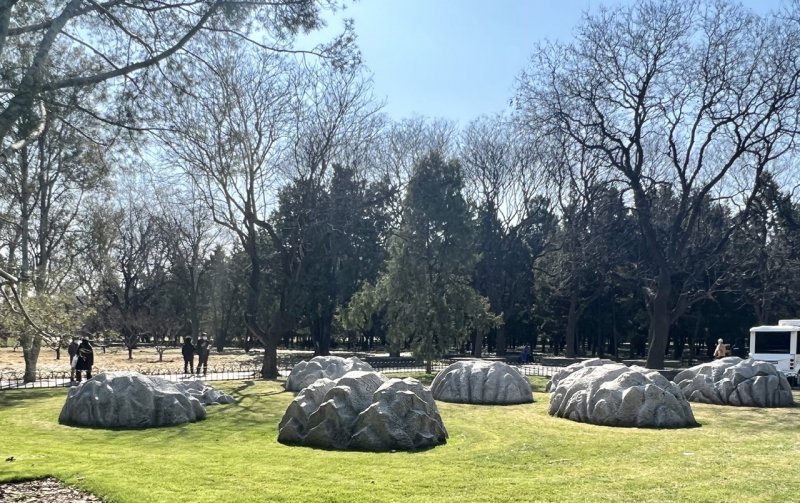
Behind the stones is a small plaza with paths leading south. Depending on the day of the week, these are often used by anxious parents looking to marry off their adult children. Mom and Dad write all the relevant details on pieces of paper and then exchange information, hoping to make a match. It’s like a low-tech version of tinder, except it’s the parents who are doing the swiping.
Follow the paths south, and they will take you through lovely evergreen forests with shaded clearings. Many folks use these spaces for band practice, dancing, martial arts, and hanging out. Take your time walking through the woods. The altar complex has been there for 600 years. It will wait 15 minutes for you to chat with that nice auntie and find out how she became so incredibly badass with her sword technique (Spoiler alert: Practice. An epic amount of practice.)
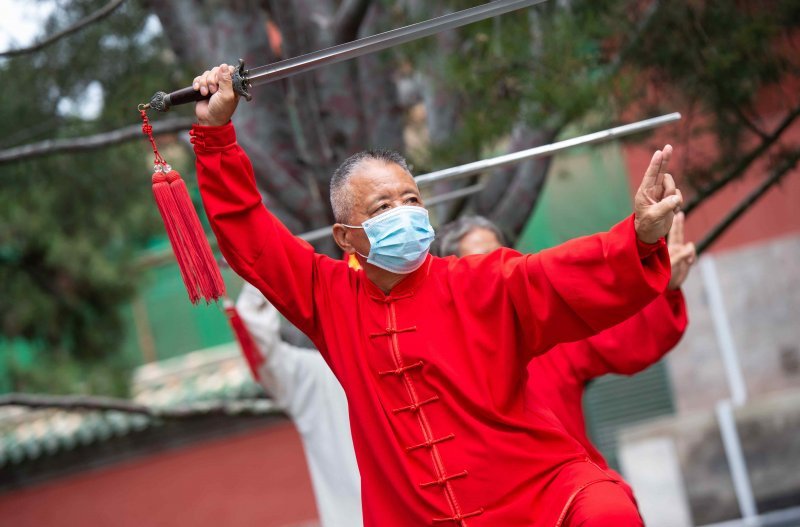
When you reach the southern wall, work your way west (to the right) until you reach the Spirit Way, the 330-meter causeway connecting the southern and northern parts of the park. North is the Hall of Prayer for Good Harvests. The triple-tiered tower is one of Beijing's most iconic pieces of imperial architecture. To the south is the round blue roof of the Imperial Vault of Heaven. Head south through the arch toward the Imperial Vault of Heaven and follow the wall around the Imperial Vault until you reach the ticket gate. Head inside and turn right. This will take you to the round altar.

It doesn’t look like much – the usual comparison is a very symmetrical cake made from concrete – but this was the center of the universe for the emperors. Each year on the winter solstice, the emperors would come here and perform rituals necessary for venerating the Heavenly forces and demonstrating that Heaven indeed continued to grant its mandate for the dynasty to continue its rule. No pressure. For those inclined to math, note that there are nine steps in each flight of stairs to the top, and the stones emanating out in circles from the central stone on the upper layer are also arranged in multiples of nine. Nine was a number with a good amount of cosmic mojo in the old days. That central stone is also where the emperor would communicate with Heaven but is now a popular spot for his subjects’ descendants to take selfies.

North of the Round Altar is the Imperial Vault of Heaven. The vault itself is an amazing example of imperial architecture. Join the queue, go up the stairs, and peek inside. Make sure that you look up to appreciate how every wooden beam, post, and column was arranged and installed without any nails, screws, or brackets. The Imperial Vault is an incredible space, but it’s just the storage closet. This round compound was where the attendants kept the implements and spirit tablets for the annual rituals.

Fun fact: The round wall is an echo wall. Yes, it really works. Pro tip: Don’t shout directly into the wall because of physics. Angle your voice to the side slightly, like you are talking to somebody next to you at a bar, and that will allow your voice to “skip” a surprising distance along the wall’s smooth surface.
Leave the Round Altar and head back north to the Spirit Way. If you see a large tree surrounded by people, this is the Nine Dragon Juniper, one of the park's most famous and oldest trees. The name comes from a loose interpretation of the “dragons’ coils,” which seem to wrap around the trunk.

At the northern end of the Spirit Way, officially known as the Danbi Bridge, is the Hall of Prayer for Good Harvests. The 36-meter tower is the highlight of the park, but it was the junior partner in terms of ritual significance. This was one of many places in Beijing used by the emperor for rituals to promote good agriculture.
Good harvests are good politics when you are the ruler of a large agrarian empire. If you can recall the spectacular ceiling and construction of the Imperial Vault, you will appreciate what it means to stack three of those vaults on top of an elevated platform.
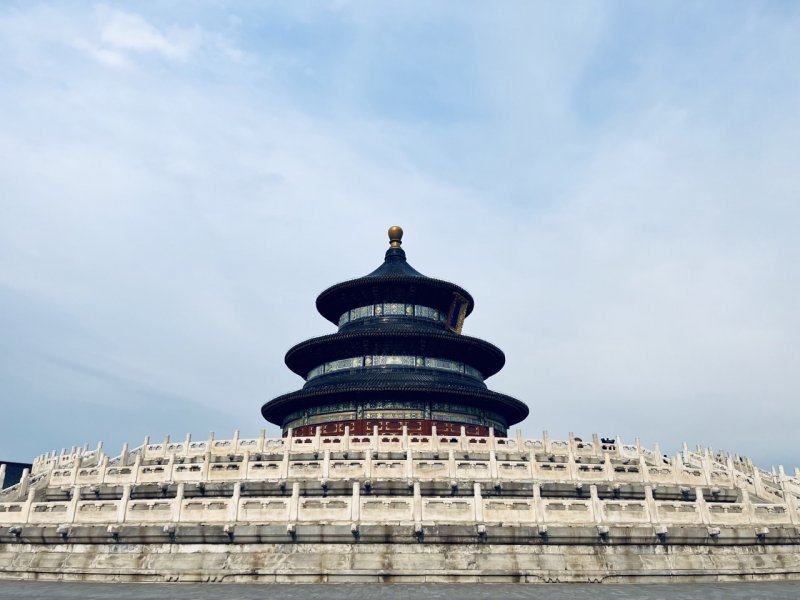
The Hall is a minor miracle of pre-modern engineering. (And more recent engineering – the Hall burned down in 1889, and the current structure was rebuilt the following year.) The two side halls house exhibitions related to the park's history and its buildings.
The gate to the east of the tower (on your right if you’re facing the front of the Hall of Prayer for Good Harvests) leads back to the East Gate of the park and the beginning of our walk. That said, the park is enormous and has other buildings and spaces worth exploring, or simply find a nice place to sit among the flowers and trees and watch folks enjoy one of southern Beijing’s most inviting green spaces.
Selected English Language Sources and Further Reading
Aldrich, M. A. (2008). The search for a vanishing Beijing: A guide to China’s capital through the ages. Hong Kong: Hong Kong University Press.
Arlington, L. C., & Lewisohn, W. (2015). In Search of Old Peking. Vancouver, British Columbia: Soul Care Publishing, 2015. (Originally published: Peking, H. Vetch, 1935)
Cohn, D., & Zhang, J. (2013). Beijing Walks. New York: Henry Holt and Company.
Li, L. M., Dray-Novey, A. J., & Kong, H. (2008). Beijing: From imperial capital to Olympic city. New York, NY: Palgrave Macmillan.
Naquin, S. (2008). Peking: Temples and city life, 1400-1900. Berkeley: University of California Press.
About the Author
Jeremiah Jenne earned his Ph.D. in Chinese history from the University of California, Davis, and taught Late Imperial and Modern China for over 15 years. He has lived in Beijing for nearly two decades and is the proprietor of Beijing by Foot and organizes history education programs and walking tours of the city which are deeper dives into the route and sites described here.
READ: Weekend Walk: The Basics of the Forbidden City
Images: Michael Connors, Jeremiah Jenne, University of Bristol (Ref.: Bk04-08, AB01-08), en.people.cn, Mike Wester, esp-4u.com, Wikipedia, mapio.net

